What Is Guided Meditation:
Meditation can be very beneficial. Some swear that using meditation helps them start their day with spirits high, and with heightened levels of positivity. Meditation can take on many different forms and be highly individualized. Whether you practice mindfulness meditation, transcendental, body-scan or even mantra-based meditation, the practice itself has the potential to offer physical, mental, emotional and spiritual benefits to its practitioners. Guided meditation is another very popular chosen form of mediation. However, what is guided meditation?
Studies regarding meditation in general, seem to be more prevalent then ever before. Once just anecdotal evidence, is now being supported, via said studies. An article posted on Forbes, highlights that even fMRI’s and EEG’s, have illustrating some neurological benefits. Specifically, helping with bouts of anxiety, depression, attention span and even concentration
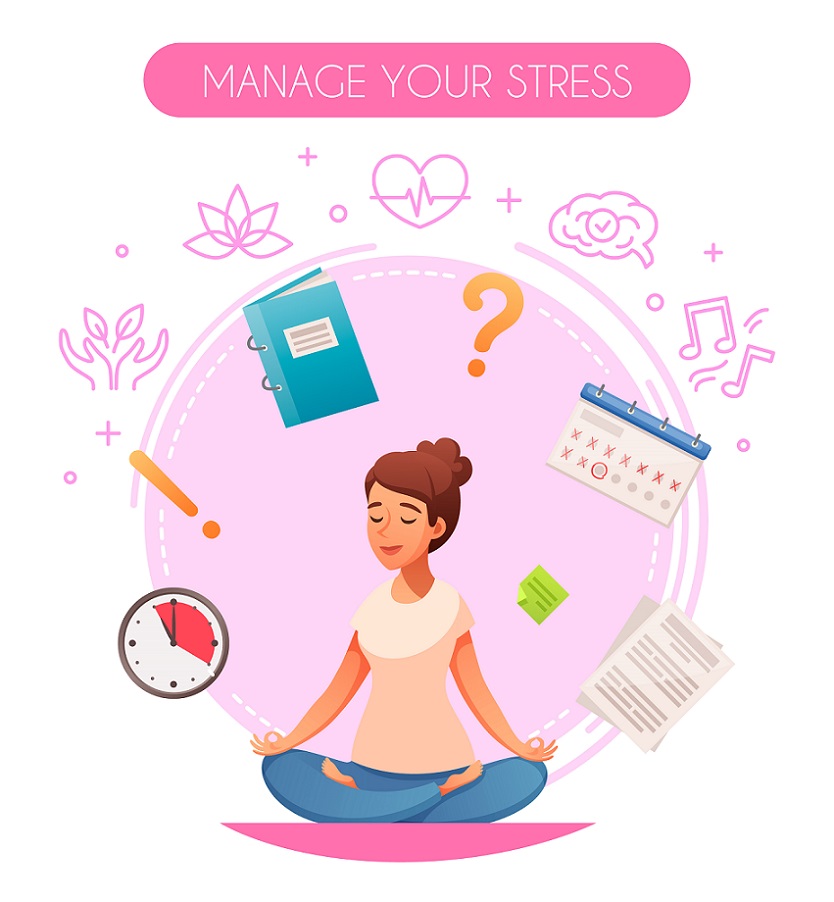
Guided Meditation?
In this post, we’ll discuss the specifics of guided meditation, which can be incorporated in the beforementioned meditation styles, if you will. Oftentimes, when beginning a meditation journey, participating in a guided session is helpful.
Guided meditation is simply the process where one or more members reflect with the guidance of a teacher. This can be in-person or via audio or video, according to Headspace.com.
Here is a great example of “A Guided Loving-Kindness Practice” with audio from Mindful.org!
Guided meditation can consist of a simple video, (like YouTube), audio, written-text, a sound-record, even audiovisual media. For example, music, verbal instruction, or a blend of the two. When you start a meditation practice, one of the things to think about is what you’re looking to gain.
Within the practice of meditation, you are essentially looking to retrain the mind, refocus your energy, and become more mindful of the present or the “now”, around you. Oftentimes, different exercises can be done to help with this retraining. In the beginning, it may seem easier said then done. Using your time to focus and truly reflect in this manner, can be a learned skill.
Furthermore, having a trainer or someone you can trust, lead you through your first few sessions, is immeasurable. Within the sessions, trainers can help explain the dynamics of the mind, and roadblocks or issues the mind may run into within your sessions, and what to do when those issues arise.
Truly, guided meditation can illicit many potential benefits.
How Beneficial Is Guided Meditation?
Many people are now seeing the benefits of meditating. It has grown to be a great tool for stress management. Improving your physical well-being, mental and spiritual health is attainable. With proper daily meditation, one may also achieve better quality sleep. For example, those whom suffer from bouts of insomnia, according to the Sleep Foundation.
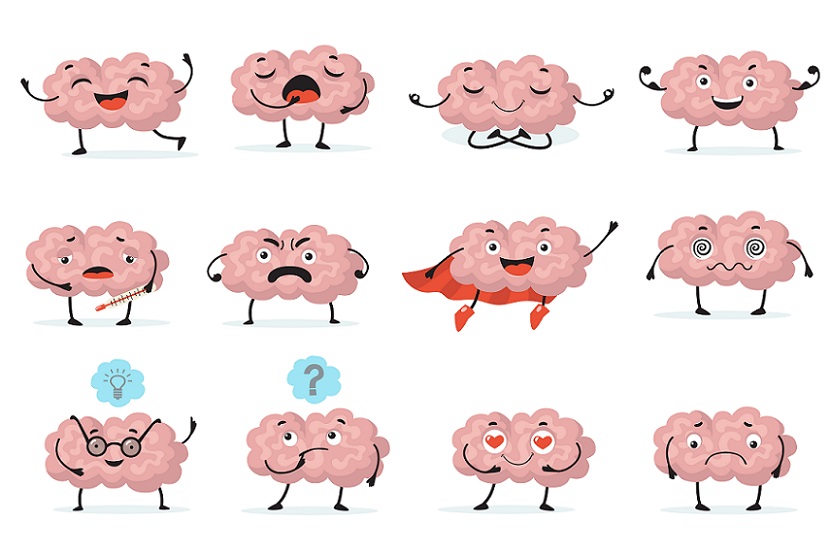
With even just a few moments of dealing with stress, anxiety or frustration, one can restore their calm and inner piece with meditation practices, according to the MayoClinic.
Furthermore, being in a healthy mental place, gives you this positive energy which you are able to connect and share with those around you. It can also impact our relationships positively as well.
Arguable the biggest benefit in the beginning, is that with guided mediation you don’t need any experience. With apps like Headspace and Calm, it’s easier then every to enjoy a session and learn at the same-time.
Other Notable Benefits of Guided Meditation:
- It helps to grasp the fundamentals of mediation.
- It’s easy to do, requiring little effort and other thought processes when guided though a session.
- Helps you to connect with yourself (body-mind connection)
- Guided meditations can offer a large variety of practices and/or techniques.
- As a novice, it can help explore the above mentioned types of meditation practices, and choose a routine that works best for you!
If you’re completely unsure of where to begin, have no fear! Google “local meditation groups”. Become part of a community that helps one another.
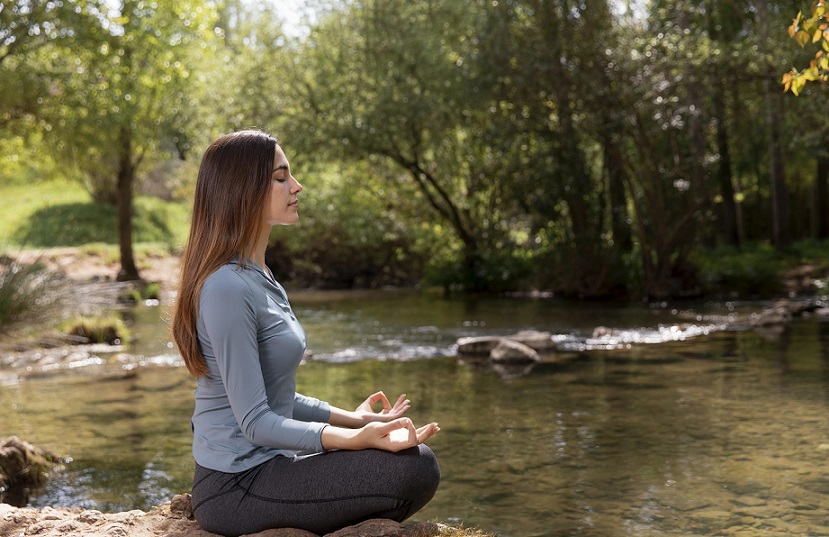
The Basics
Right Time. Right Place.
It’s important to practice in a quiet environment, with little to no distractions. Whether that be at home or at work, this is an important part of meditation. Guided meditation, although calming, takes concentration and focus to truly get the most benefit from it.
NIH, explains that one of the 4 most important aspects to meditation sessions is, in fact, “a quiet environment, with few distractions”.
Make Meditation A Daily Routine
Effective meditation needs to become a habit. You need time to adapt consistency, practice and focus that allows an individual to gain the full advantages of a guided meditation process.
Even the practice of staying present for a short amount of time, daily, can have benefits on your wellbeing.
Furthermore, we emphasis quality. Specifically, it’s not always the length of sessions, but the productivity within each session! QUALITY over longevity.
Get Rid of All Thoughts
This is partially what the “guide” can do for you. It can be hard for some to rid the mind of certain thoughts. A guide or “voice” can help you stay on track. Thus, helping you with the present moment. Furthermore, helping you to understand the mind, and how to persevere through a session, even when “wandering of the mind”, occurs.
A trainer can help with the process of getting rid of negative energy that can or may have happened in “real life” situations.
Good Posture
Maintain good balance. This will help ensure that your body is in a comfortable and erect position for the process. Focus on keeping your back straight. Thus, allowing you to more easily expand your lungs for deeper breathes, as wel as, more effective and efficient breaths.
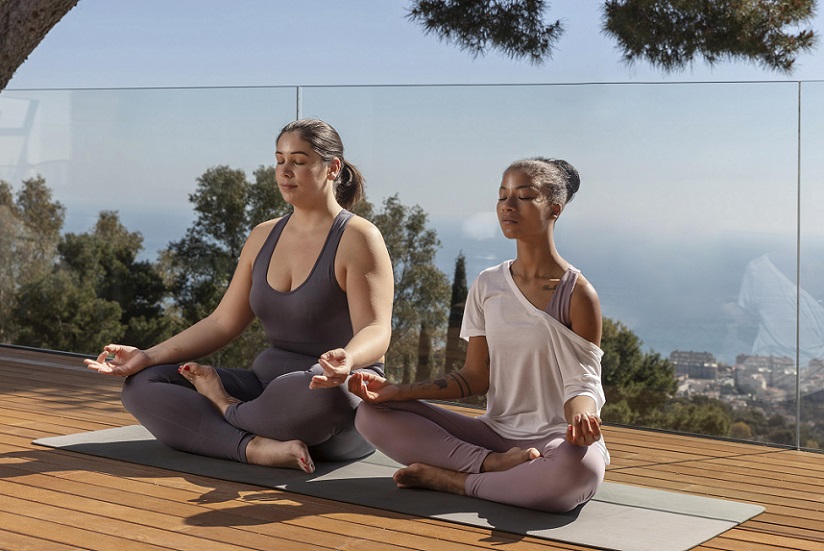
If seated, there are several positions you could take. Take a look at this article at Yoga Journal, they offer great advice when it comes to “Seven-Point Meditation Posture“. This article will give you the in’s and out’s of seated meditation postures.
Don’t limit yourself. If a seated position on your mat, yoga blanket, chair or even a sofa, doesn’t interest you, try something different. There are even options of lying down, standing, or practicing walking mediation.
Simple Directions
Know your Aims
When you are at a point where guided mediation has become a daily routine, be clear with your own expectations. With exercise routine(s), it’s important to have these clear aims and expectations. Thus, helping oneself navigate a smoother process. Furthermore, where you want your sessions to go from here!
Reflecting on what we’ve covered so far:
- Proper positioning and posture
- Creating a tranquil environment
- Setting clear objectives
Now, the emphasis shifts to grasping your own emotions and understanding yourself.
It’s essential to maintain a focused mind. Moreover, strive to minimize negative, chaotic thoughts. These could be thoughts that induce sadness, worry, pain, or any kind of negative impact.
Concentrate on not only reducing negative thoughts but also on nurturing positive and constructive ones. Cultivate a mindset that allows you to recognize and address emotions without being overwhelmed by them. This involves acknowledging feelings like joy, contentment, and excitement, as well as understanding the sources of less pleasant emotions.
Practice mindfulness and self-awareness. By being present in the moment and observing your thoughts without judgment, you can gain deeper insights into your emotional patterns. This understanding is crucial for emotional regulation and developing a healthier mental state.
Remember, emotions are a natural part of the human experience. Embracing them, both the good and the bad, with awareness and compassion, is key to personal growth and emotional intelligence. Keep focusing on this journey of self-discovery and emotional mastery.
Related Article: The Power of Mindful Self-Compassion in Everyday Life
Pay Attention To Your Senses
One of the benefits and expectations of your trainer is to help you compress the environment around you. Thus, helping one focus on their own senses. Helping you achieve a “proper” state of mind, to carry out guided meditation to it’s fullest potential.
Deep Relaxation
Another wonderful component of having a “guide” during meditation is that they help set the tone for the session. Areas of great individual tension, usually include your jaw, eyes, belly, neck and your forehead. Your guide may focus on ways to relax or relieve tension in these areas, specifically. However, it is not limited to these few.
Use your Body as a Comeback
During meditation, your mind may wander off to random thoughts. However, you can use your body’s feelings; breathing, mantra’s, mala beads or other objects, to regain your focus. This actually helps in strengthening your concentration skills, helping focus on your goals of each session.
Closed Eyes
Initiating your meditation session with your eyes closed is typically beneficial. This often aids in maintaining focus and minimizes distractions. It also creates an appropriate atmosphere for the session, making your subconscious more open to positive influences.
Mediating with open eyes is feasible, but it requires significant concentration. For beginners, this method may prove challenging. It necessitates mastering relaxation and focus, as well as the ability to ignore external disturbances. Remember, proficiency in meditation improves with practice.
Focus on the “quality” of each session. Ensuring you are fully engaged and present during meditation is essential for reaping its full benefits.
Headphones
When following an audio meditation guide, it’s advisable to use headphones. This generally helps in blocking out external environmental noises. It’s important to do everything possible to create a peaceful atmosphere and concentrate solely on your ongoing meditation session.
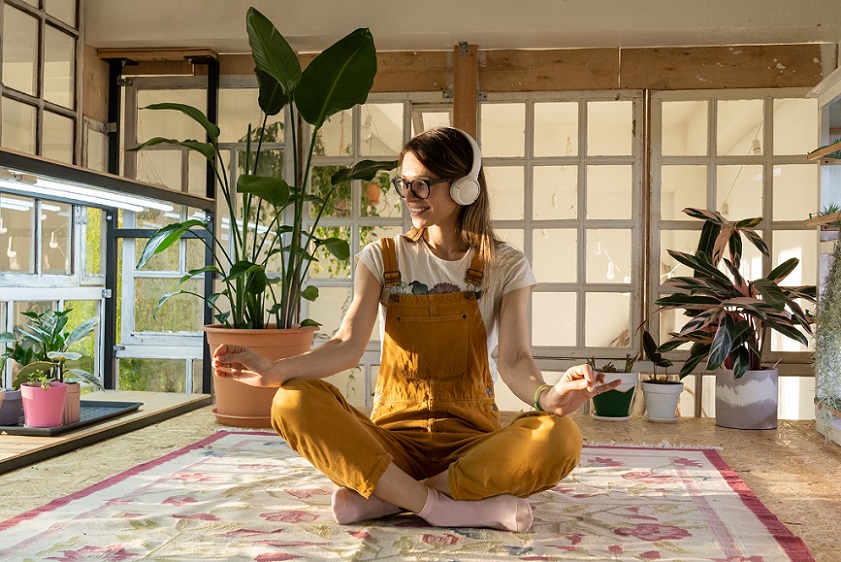
Frequency
Gradually increase the duration of your meditation sessions to find a length that suits you. Additionally, choose a frequency that seamlessly integrates into your daily schedule. As you progress, you may find it easier to concentrate during each session, meaning you might need less time to reach your “zone.”
Some individuals prefer meditating before bedtime, while others opt for morning sessions. The frequency can vary as well; some practice daily, while others meditate as needed. The duration and regularity of your practice are entirely up to you. It’s important to follow a routine that feels comfortable and brings you joy.
Final Thoughts
In any meditation practice, complete focus and understanding of your goals are essential. It’s often suggested to establish a daily meditation routine, even if it’s just a few minutes each day, like a 5-minute morning session. Over time, you’ll discover what suits you best, and it will naturally become a part of your daily routine.
Best of luck on your journey! Feel free to share in the comments how meditation has positively impacted your life and any resources for guided meditation sessions that you’ve found valuable.
Looking forward to having you join us again soon!
References:
- https://www.headspace.com/meditation/guided-meditation
- https://www.mindful.org/guided-meditation-a-moment-of-loving-kindness/
- https://www.sleepfoundation.org/insomnia/treatment/meditation
- https://www.mayoclinic.org/tests-procedures/meditation/in-depth/meditation/art-20045858
- https://medium.com/thrive-global/the-powerful-benefits-of-guided-meditation-relaxation-d2b6c8b72f67
- https://www.calm.com/
- https://evolveinc.io/mental-health/mindfulness/understanding-guided-meditation-and-its-benefits/
- https://www.forbes.com/sites/alicegwalton/2015/02/09/7-ways-meditation-can-actually-change-the-brain/?sh=baefa8f14658
- https://www.yogajournal.com/meditation/everything-need-know-meditation-posture/
- https://www.nccih.nih.gov/health/meditation-in-depth



